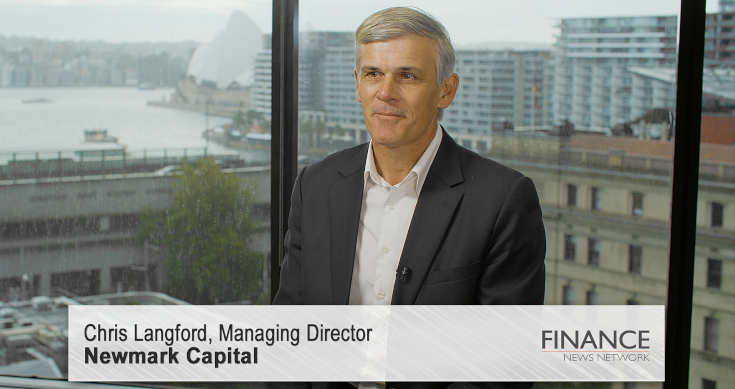Australian house prices dipped in May and look like continuing to edge lower in the next few months, despite the easing of restrictions on auctions and open house inspections.
Yesterday saw the reporting of the first drop in national dwelling prices – 0.4% – since the middle of last year as the efforts to prevent the spread of COVID-19 limited sales activity.
Nationally, dwelling values were down by 0.4% although the fall wasn’t uniform with Canberra seeing a rise of half a percent and Hobart where they rose 0.8%.
The news will be noted by the Reserve Bank at its June monetary policy board meeting today, but won’t impact the decision. That decision will be, no rate movement.
The monthly survey from CoreLogic reported house values in Sydney fell by 0.6% last month while in Melbourne they dropped by 1.1%.
The value of units in both cities also dropped, down by 0.1% in Sydney and by 0.6% in Melbourne.
Despite the fall, house values in Sydney are still up by 4.2% so far this year and by 1.6% in Melbourne. Over the past 12 months, Sydney values are up 15.6% while in Melbourne they are still up 12.2%.
Perth prices are down by 2.1%, and Darwin prices are off 1.6%.
CoreLogic’s head of research Tim Lawless said given the headwinds from the pandemic shutdown, the national drop of 0.5 percent showed the overall property market had performed relatively well.
He said momentum had come out of the market, cautioning that prices might come under pressure later in the year.
“Eventually, government stimulus will wind back and borrower repayment holidays will expire,” he said in a statement on Monday.
“In the absence of these policies, housing values could come under some additional downwards pressure if economic conditions haven’t picked up towards the end of the year.”
A sleeper in the data was the size of the slide in listings – which tells us the market is weak.
CoreLogic said while values had fallen, the number of sales were still well down on normal despite a lift through May. There were 157,082 national listings at the end of May, well short of the average 215,000.
“The relationship between new listing numbers and total listings will be a key trend to watch; if total stock levels become elevated, this indicates that supply levels are outweighing demand,” Mr. Lawless said.
The AMP’s Chief Economist, Dr. Shane Oliver says the strong support from governments and “the earlier reopening of the economy have made our worst-case scenario for a 20% decline in average Australian house prices unlikely. “
“However, our base case is for home prices to fall around 5-10%, as “true” unemployment will remain high, government job and income support measures and the bank payment holiday end in September, immigration falls and new supply is likely to be boosted via government measures designed to support homebuilding. Sydney and Melbourne are likely to be impacted the hardest, particularly given their greater exposure to immigration,” Dr. Oliver wrote in a note on Monday afternoon








